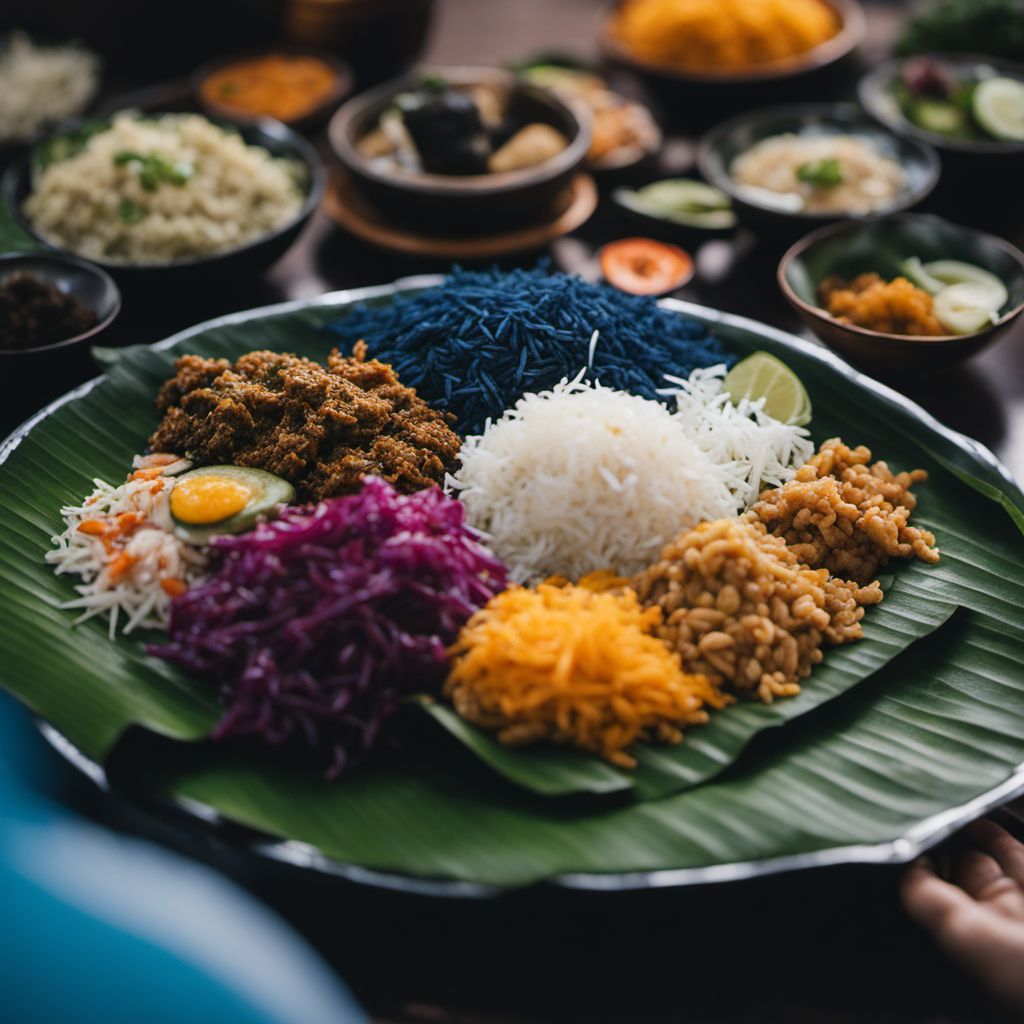
Dish
Nasi kerabu
Nasi kerabu is a unique and flavorful dish that is perfect for seafood lovers. The dish is made by cooking rice with butterfly pea flower, which gives the rice its blue color. The rice is then served with fish, vegetables, and a variety of condiments. The result is a delicious and hearty meal that is perfect for sharing with friends and family. The dish is typically served with a side of sambal and a glass of iced tea.
Origins and history
Nasi kerabu has a long history that dates back to the 18th century. It was originally a dish that was made by farmers in the Kelantan region who used butterfly pea flower to color the rice. Over time, the dish became more popular and spread throughout Malaysia and the rest of the world. Today, Nasi kerabu is considered one of Malaysia's national dishes and is enjoyed by people all over the world.
Dietary considerations
Gluten-free, Dairy-free
Variations
There are many variations of Nasi kerabu, including vegetarian Nasi kerabu. Each variation uses different ingredients and has a unique flavor profile.
Presentation and garnishing
Nasi kerabu is traditionally served on a banana leaf, which adds a unique flavor to the dish. The dish is garnished with herbs and vegetables, which add a pop of color and flavor to the dish.
Tips & Tricks
To make the perfect Nasi kerabu, it is important to use high-quality ingredients and to cook the dish slowly over low heat. This will help to ensure that the rice is cooked evenly and that the flavors are well-developed.
Side-dishes
Sambal, Salad
Drink pairings
Iced tea
Delicious Nasi kerabu recipes
More dishes from this category... Browse all »
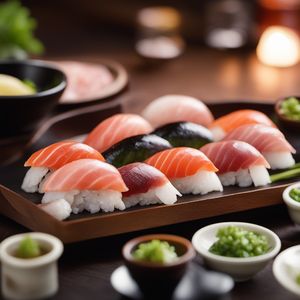
Aji nigiri sushi
Japanese cuisine
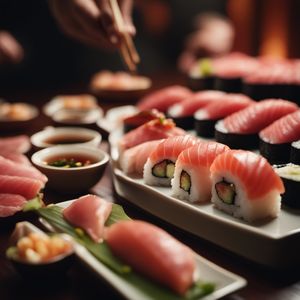
Akami nigiri sushi
Japanese cuisine
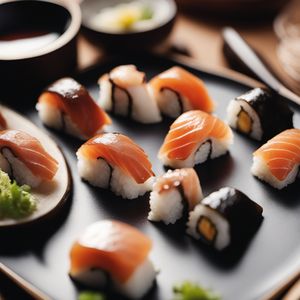
Anago nigiri sushi
Japanese cuisine
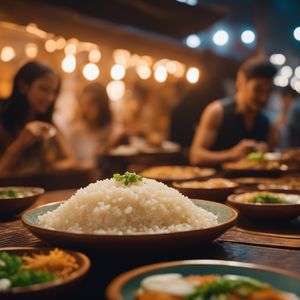
Arroz a la plancha
Spanish cuisine
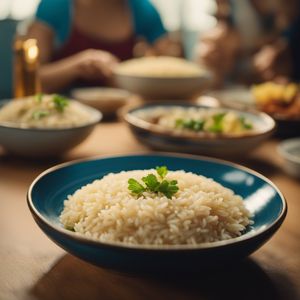
Arroz a la tumbada
Mexican cuisine
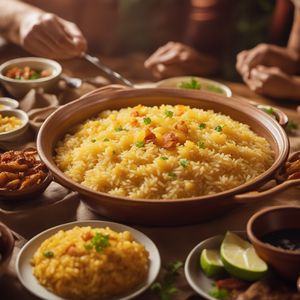
Arroz al forn
Spanish cuisine
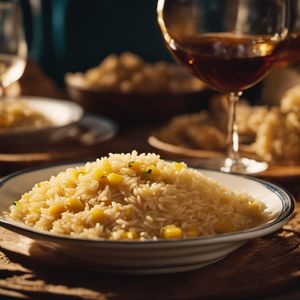
Arroz al jerez
Spanish cuisine
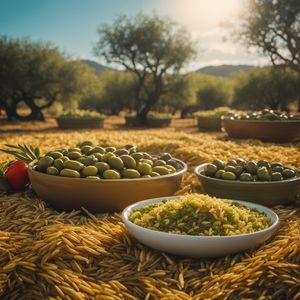
Arroz al olivar
Spanish cuisine
More cuisines from this region... Browse all »

Arab cuisine
Spicy, Sweet, Sour, Savory
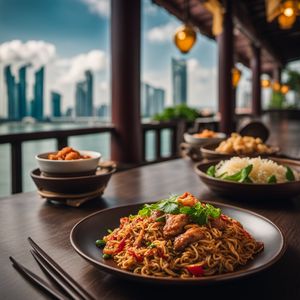
Eurasian cuisine of Singapore and Malaysia
Spicy, Sweet, Sour, Savory
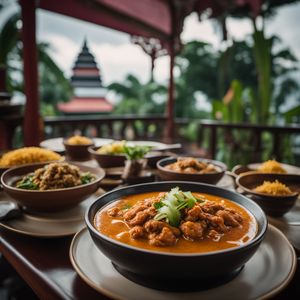
Malay cuisine
Spicy, Sweet, Sour, Salty, Umami
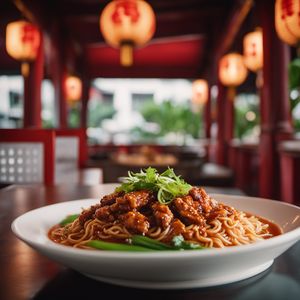
Malaysian Chinese cuisine
Spicy, Sweet, Sour, Salty, Umami
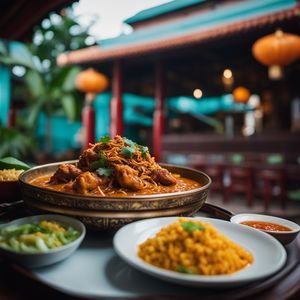
Malaysian Indian cuisine
Spicy, Sweet, Sour, Salty, Umami

Peranakan cuisine
Spicy, Sweet, Sour, Salty, Umami
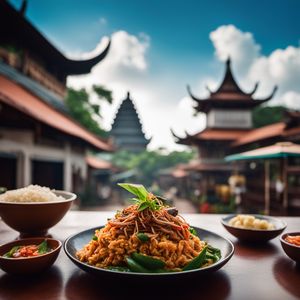
Sabahan cuisine
Spicy, Sour, Sweet, Savory
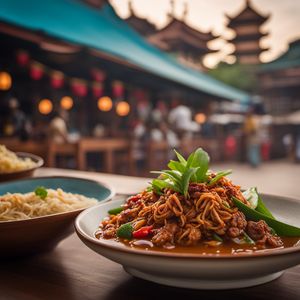
Sarawakian cuisine
Spicy, Sour, Sweet, Savory

